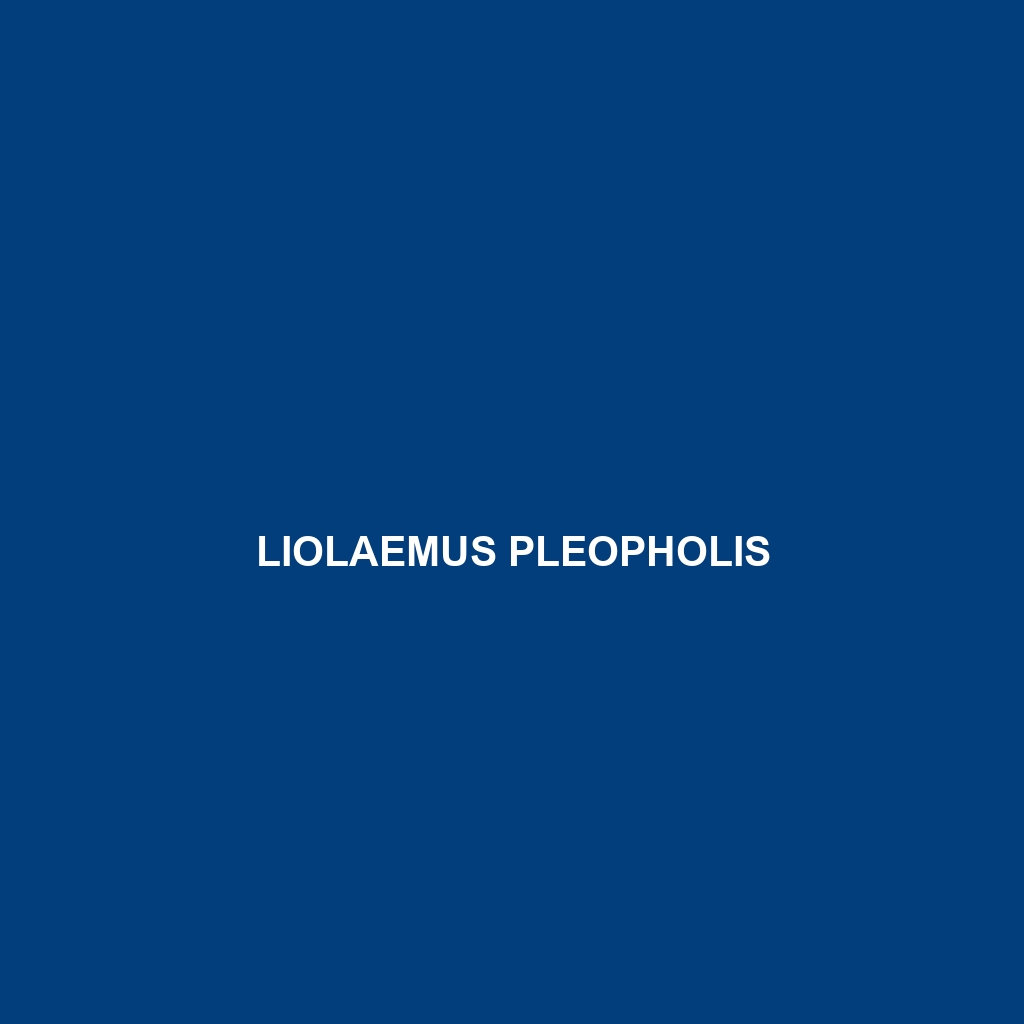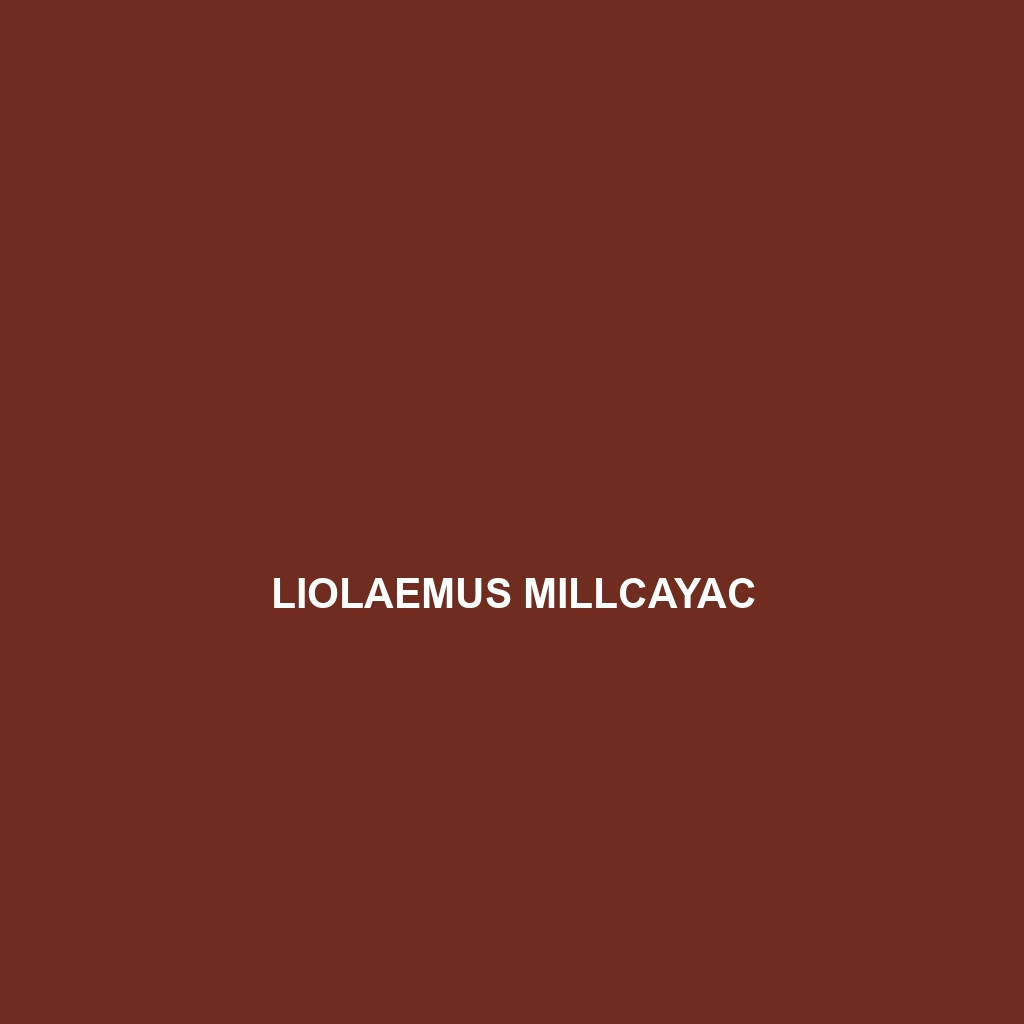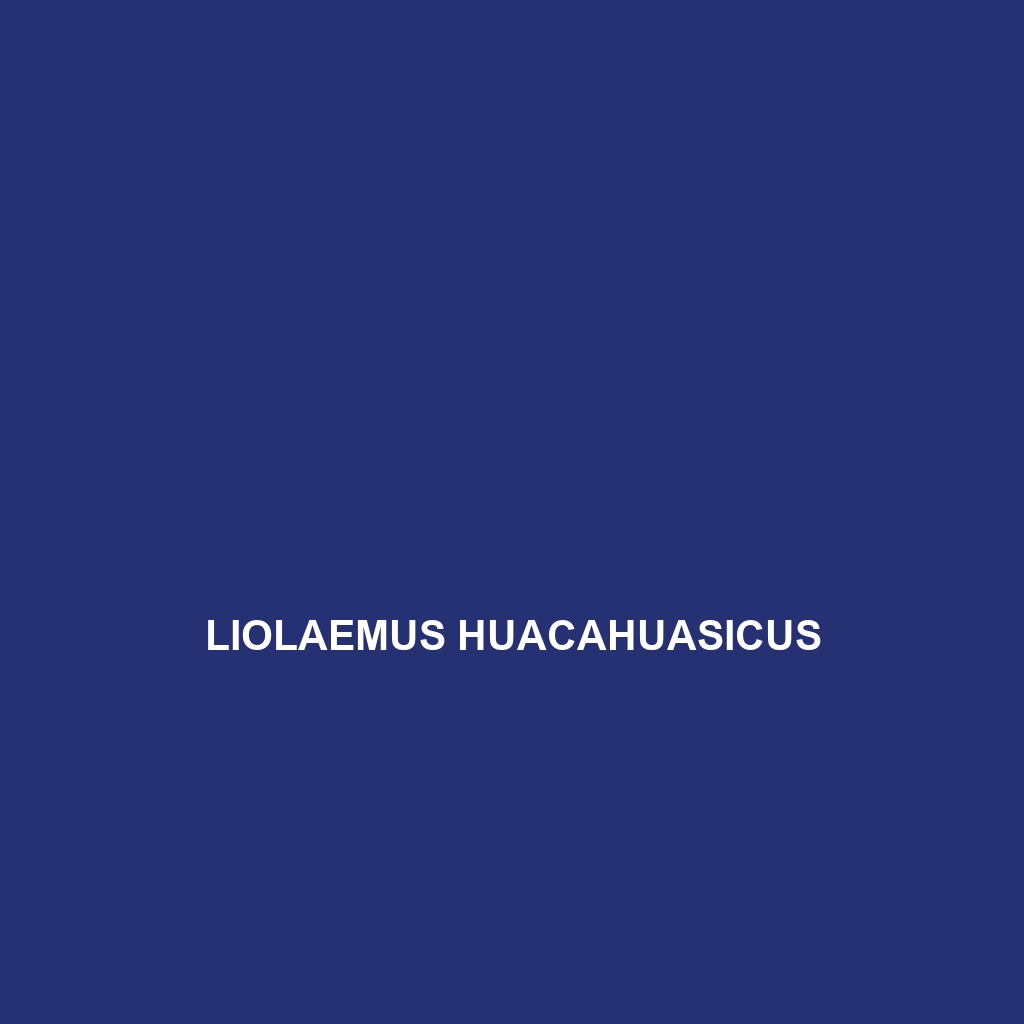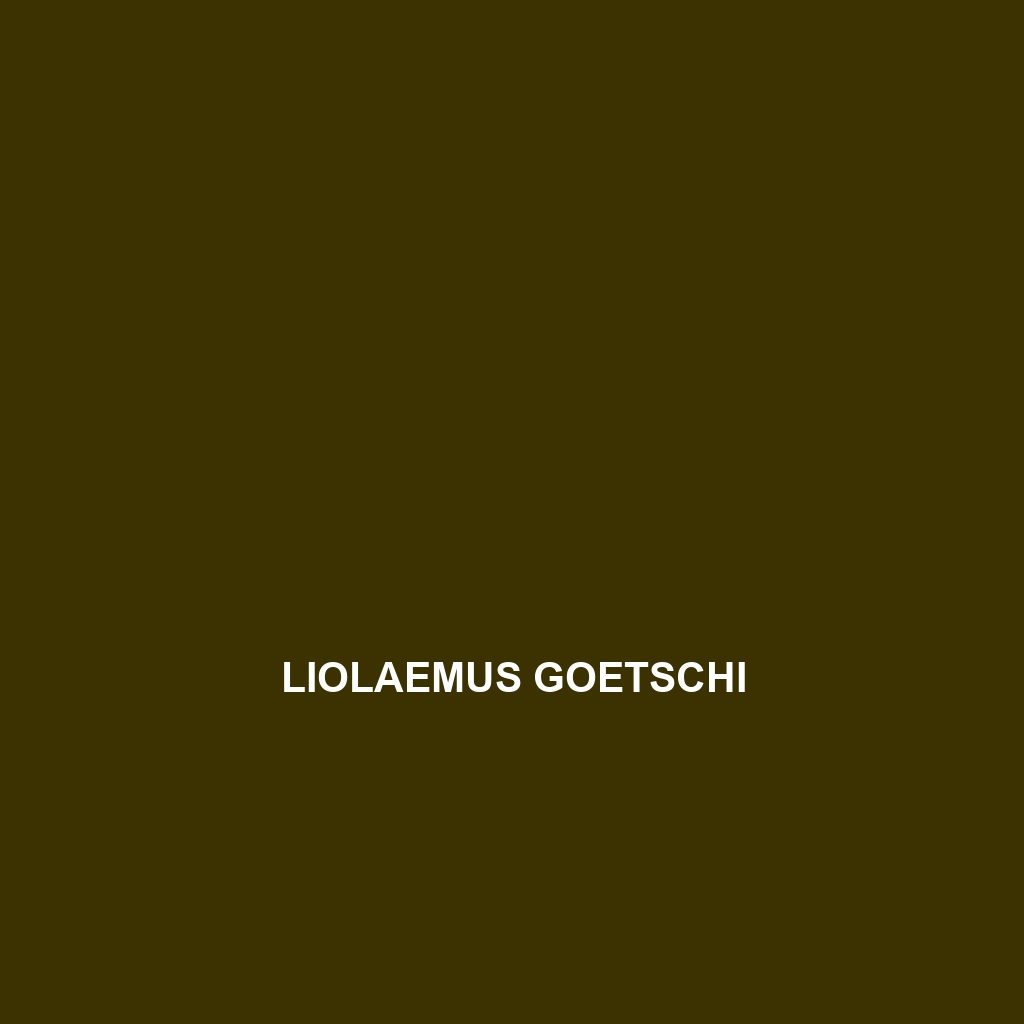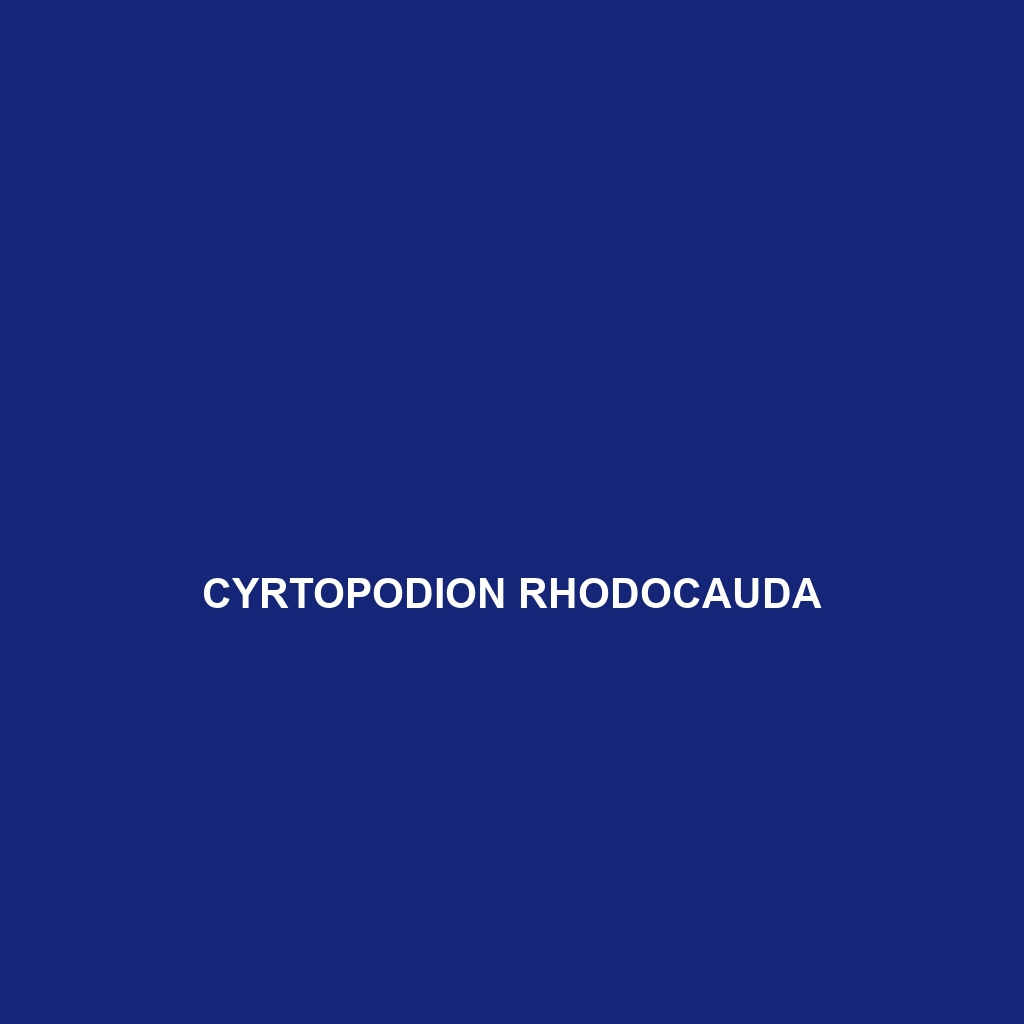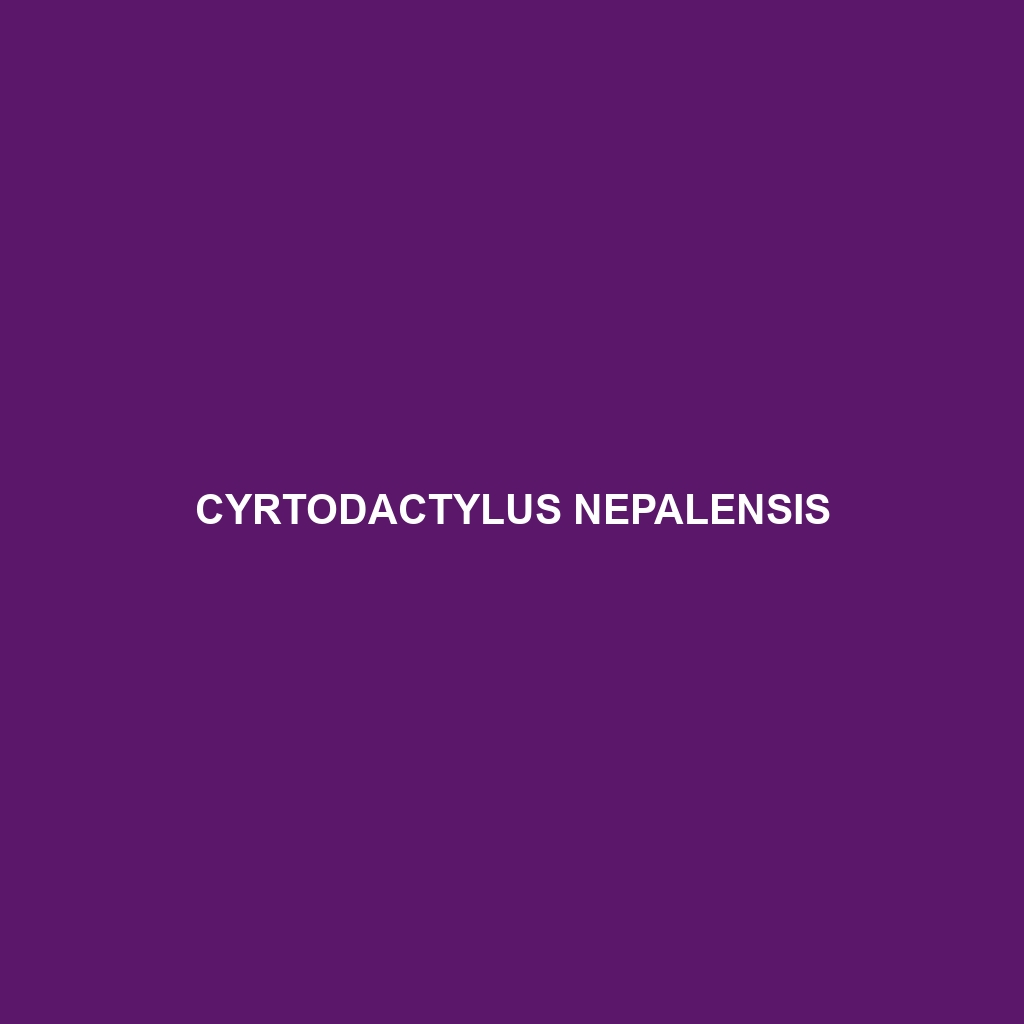<p><b>Phymaturus nevadoi</b>, a moderately-sized lizard native to the high-altitude regions of the Andes in Argentina, exhibits unique coloration and robust features that aid in survival. This vulnerable species primarily feeds on insects and plays a crucial role in its ecosystem by regulating insect populations while serving as prey for larger animals.</p>
Tag: rocky outcrop habitat
Liolaemus pleopholis
Introducing the Liolaemus pleopholis, a slender lizard native to the arid southern Andes of Chile and Argentina, recognized for its vibrant coloration, diurnal behavior, and insectivorous diet. This fascinating species exhibits unique adaptations such as tail autotomy and thrives in rocky, scrubby habitats, playing a crucial role in maintaining ecosystem balance.
Liolaemus millcayac
Discover the vibrant and unique Liolaemus millcayac, a slender lizard native to the Andean mountains of South America, known for its striking dorsal coloration and ability to thrive in rocky, high-altitude environments. This insectivorous species plays a crucial role in its ecosystem, contributing to the control of insect populations and supporting the ecological balance within its habitat.
Liolaemus hermannunezi
<b>Liolaemus hermannunezi</b> is a striking lizard native to the rocky outcrops of the <b>Andes Mountains</b> in Argentina, characterized by its elongated body, earthy coloration, and social behaviors during the breeding season. As an insectivore that plays a vital role in its ecosystem, this vulnerable species faces threats from habitat destruction and climate change.
Liolaemus goetschi
<b>Liolaemus goetschi</b> is a distinct lizard species native to the temperate forests and shrublands of southern South America, characterized by its robust body, variable coloration, and diurnal behavior. This insectivorous lizard plays a crucial ecological role by regulating insect populations and serving as prey for larger predators.
Iberolacerta bonnali
<b>Iberolacerta bonnali</b>, also known as Bonnal's Iberolacerta, is a vibrant lizard native to the Pyrenees mountains, distinguished by its striking coloration and adaptability to rocky and alpine habitats. This <b>vulnerable species</b> primarily feeds on insects and plays a crucial role in maintaining the ecological balance of its environment.
Elgaria panamintina
<b>Elgaria panamintina</b>, commonly known as the Panamint alligator lizard, is a robust omnivore native to the rugged mountainous regions of eastern California, thriving in diverse habitats. Measuring 6 to 12 inches in length, this species showcases a distinctive coloration that aids in camouflage and exhibits agile, diurnal behavior, playing a critical role in its ecosystem by managing insect populations.
Cyrtopodion potoharense
Cyrtopodion potoharense, a vulnerable gecko species native to the arid regions of northern Pakistan, known for its sandy coloration and nocturnal hunting behavior. With distinctive dark spots and remarkable agility, this species plays a crucial role in its ecosystem by controlling insect populations and serving as prey for larger animals.
Cyrtodactylus nepalensis
Cyrtodactylus nepalensis, a medium-sized gecko native to the subtropical and tropical forests of Nepal, characterized by its distinctive camouflage, large bulbous eyes, and nocturnal hunting behavior. This vulnerable species plays a vital role in its ecosystem as an insectivore, contributing to the balance of its habitat while facing threats from habitat loss.
Cyrtodactylus leegrismeri
Cyrtodactylus leegrismeri, a nocturnal gecko native to the tropical forests of Southeast Asia, characterized by its earthy coloration, agile movements, and a diet primarily consisting of small insects. This vulnerable species plays a vital role in maintaining ecological balance while showcasing remarkable camouflage and intriguing social behaviors.

